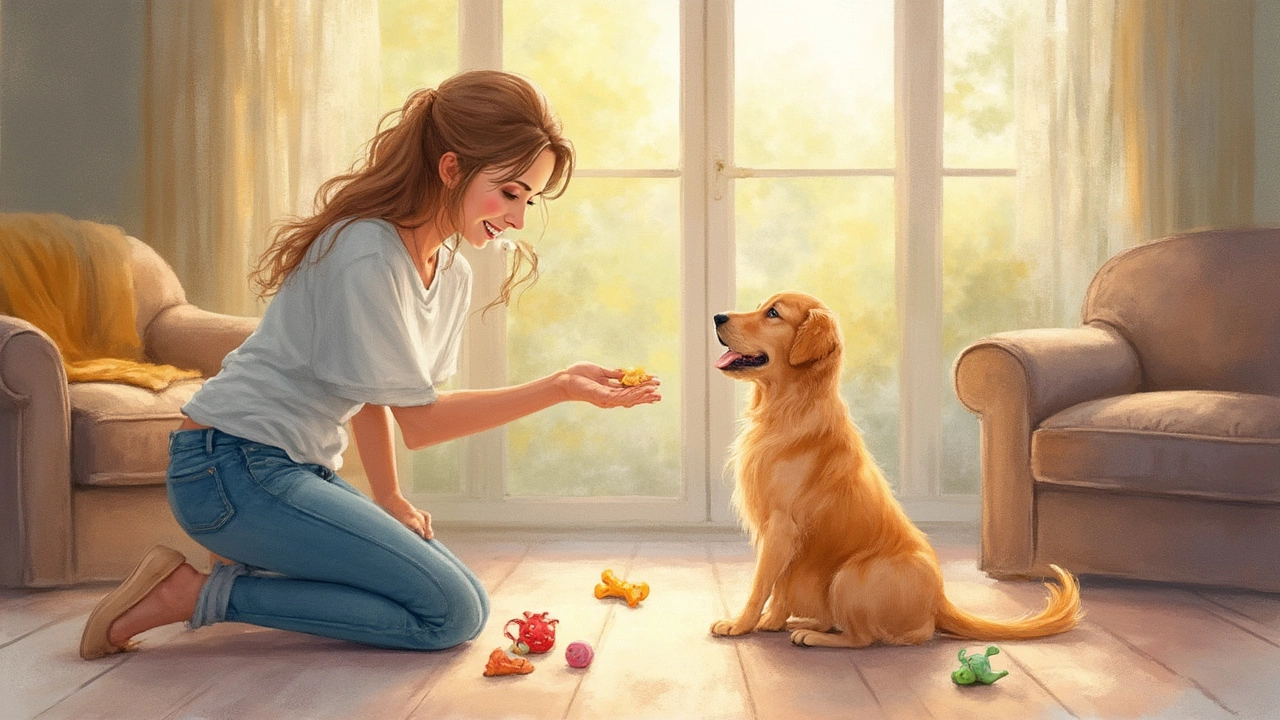Stop Puppy Bad Behavior with Simple, Real‑World Tips
If your pup is chewing shoes, barking at the door, or having accidents in the house, you’re not alone. Most owners face these issues in the first few months. The good news? You can fix them without harsh tools or endless frustration. Below are clear steps you can try right now.
Common Puppy Problems and Why They Happen
Puppies explore the world with their mouths, so chewing on furniture or cords is natural. They bark because they’re excited, scared, or just want attention. And house‑training accidents happen when their bladder is still too small for long stretches. Understanding the “why” helps you choose the right solution instead of just reacting.
Another frequent issue is jumping on people. Your puppy sees you as a playmate and wants to be close, so they hop up. This can become a habit fast, especially if you unintentionally reward it with pets or laughs. Recognizing the reward loop is the first step to breaking it.
Proven Strategies to Fix Bad Behavior
1. Redirect Chewing: Give a chew toy whenever you see your pup mouthing something they shouldn’t. Keep the toy nearby during playtime and praise them as soon as they choose it. Consistency teaches them what’s okay to chew.
2. Teach “Quiet” for Barking: When your pup barks, wait for a pause, then say “quiet” and reward the silence with a treat. Repeat the cycle, and they’ll learn that quiet earns rewards while barking doesn’t.
3. Set a Schedule for Potty Breaks: Take your puppy out first thing in the morning, after meals, after naps, and before bed. Use the same spot each time and reward them immediately when they go. A predictable routine reduces indoor accidents.
4. Stop Jumping: Turn away and ignore your puppy when they jump. Only give attention when all four paws are on the floor. Over time they’ll connect calm behavior with getting love.
5. Use Positive Reinforcement: Small treats, a happy voice, or a quick play session work better than scolding. Dogs remember what gets them a reward, not what gets them yelled at.
6. Keep Training Sessions Short: Puppies have short attention spans. Five‑minute lessons, a few times a day, keep them engaged without overwhelming them.
7. Stay Calm: Your energy sets the tone. If you’re stressed, your puppy can pick up on that and become more anxious. Take a breath, reset, and approach the problem with a clear mind.
Finally, be patient. Most bad habits fade within a few weeks when you apply these steps consistently. If you hit a roadblock, consider a short break, then return to the routine with fresh enthusiasm.
Remember, every puppy is different. Adjust the tips to fit your dog’s personality, and you’ll see steady improvement. Before long, your furry friend will be the well‑behaved companion you imagined.

Effective Ways to Teach Your Puppy 'No' – Positive Puppy Training Tips
Learn how to teach your puppy the meaning of 'no' using positive, effective strategies. Avoid confusion and set your pup up for a lifetime of good behavior.
View more